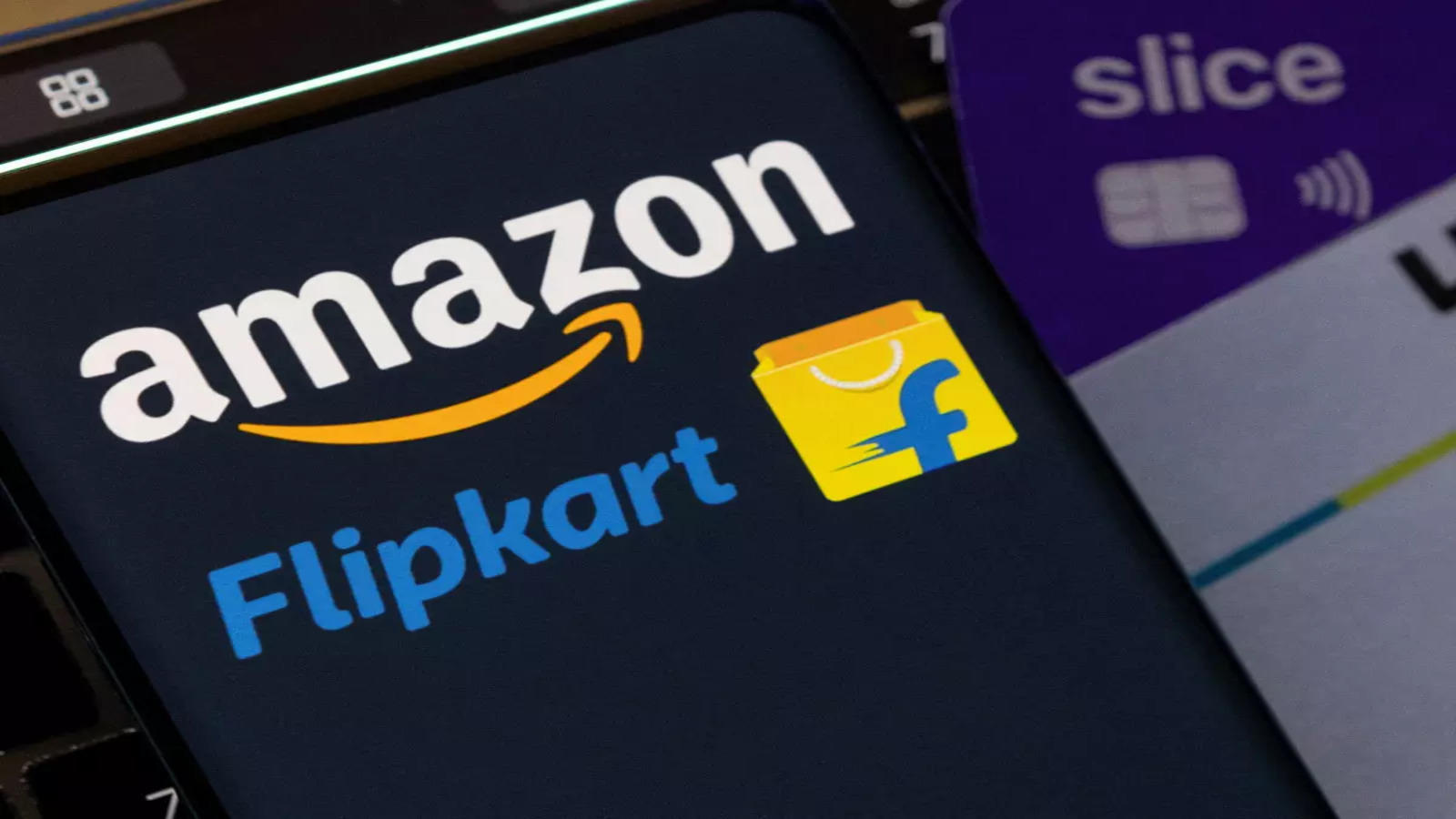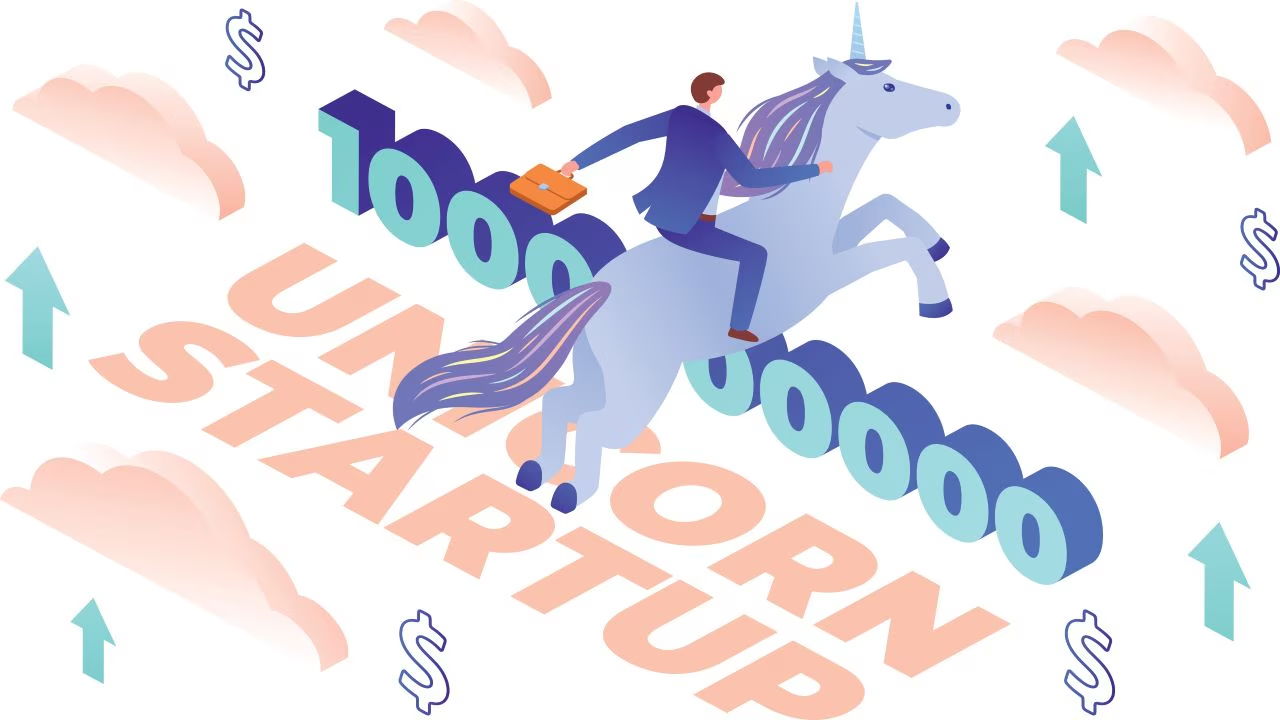E-commerce platforms generated $6.5 billion in sales during a week of festive promotions, marking a 26 percent increase from last year. According to a report by The Economic Times, mobile phones, electronics, consumer durables, home goods, and general merchandise have accounted for nearly 75 percent of these sales.
The report, citing e-commerce consultancy Datum Intelligence, highlighted that sales during the week starting September 26 represented around 55 percent of the anticipated total festive e-commerce sales. Projections for this season estimated a gross merchandise value (GMV) of $12 billion, reflecting a 23 percent growth compared to $9.7 billion last year.
Strong demand exceeding expectations
Gross Merchandise value (GMV), which refers to the total sales value on an online marketplace, saw a surge as consumers, particularly from smaller cities, increasingly purchased higher-priced items, often using EMI payment options, as per the industry experts.
Leading e-commerce platforms Flipkart and Amazon India launched their annual festive sales, Big Billion Days, and Great Indian Festival on September 27, offering early access to loyalty programme members from September 26. Meesho also began its Mega Blockbuster Sale on the same day, reporting a 40 percent rise in orders, driven largely by demand from Tier-II and Tier-IV cities, with nearly 45 percent of customers coming from smaller towns.
Flipkart reiterated its commitment to faster delivery, expanding same-day and next-day delivery services nationwide. While major cities such as New Delhi, Kolkata, Hyderabad, and Bengaluru remained key markets, demand from Tier-II+ regions like Medinipur, Hisar, Berhampore, Bankura, and Agartala was robust.
The report quoted Satish Meena, an advisor at Datum Intelligence, as stating that approximately Rs 50,000-Rs 55,000 crore worth of goods were sold in just the first week of festive e-commerce sales. This impressive figure highlights the massive consumer demand, particularly driven by the rapid uptake in Tier-II and Tier-III cities.
























